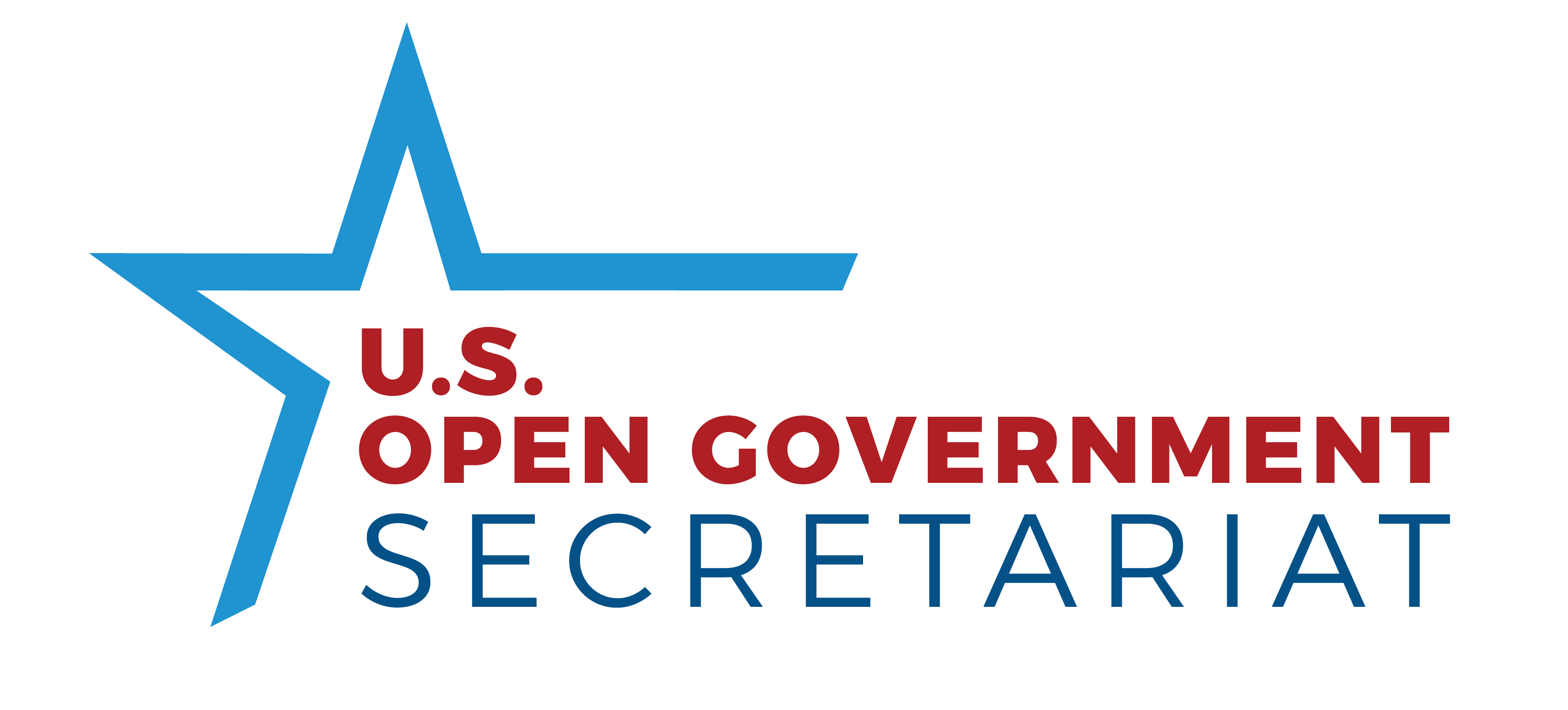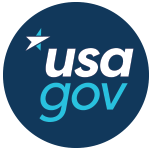U.S. Open Government Initiatives
⚠ Important Notice: This website is moving!
Starting August 29, 2024, this website will be relocated to https://www.gsa.gov/usopengov. Please update your bookmarks, as the current site will be decommissioned shortly after the launch. Legacy URLs may take up to a week to redirect. We appreciate your continued support!

This site outlines initiatives on openness, transparency and public participation, pursuant to the U.S. National Action Plans.
Current U.S. National Action Plan
-
Fifth National Action Plan for Open Government (2022-2024) (Commitment Tracker) (Updated March 26, 2024)
-
Public Meetings (Updated Aug 23, 2024)
-
Read the press release for the Fifth U.S. National Action Plan for Open Government on WhiteHouse.gov
-
The Fifth U.S. National Action Plan for Open Government is now available
-
Open Government Federal Advisory Committee (OG FAC)
Past U.S. National Action Plans
-
Third National Action Plan for Open Government (2015-2017) / New Commitments / Mid-term Self Assessment
-
Second National Action Plan for Open Government (2013-2015) / Mid-term Self Assessment / Final Self-Assessment
-
First National Action Plan for Open Government (2011-2013) / Final Self-Assessment /
Commitment Highlight: Open Science Through Open Data
More than 2.4 million articles reporting on US government funded research have been made freely accessible to the public. They are used by millions of people every day — scientists, innovators, students and educators, and the general public who want to understand how to solve problems of immediate interest, like COVID-19 and climate change. Making results of government-funded research freely and publicly accessible democratizes knowledge and builds public trust in science and decisions based on it.
All 20+ US Federal science agencies have implemented policies to make published results of funded research and associated data freely available to the public. More than 2.4 million published articles resulting from US government-funded research are now freely available through designated repositories, with thousands more added each month. Participation of scholarly publishers has enabled millions more articles to be made freely available — more than 7.3 million in the biomedical and life sciences — with a growing number available in forms that allow machine analysis to accelerate discovery and use. Increasingly, these articles are linked with associated datasets, software, and other research related information. US science agencies continue to coordinate and improve implementation of their efforts through the National Science and Technology Council’s Subcommittee on Open Science.
These efforts supported the response to the COVID-19 pandemic. Following a call-to-action by science policy leaders of the US and 11 other nations in March 2020, more than 50 scholarly publishers agreed to provide immediate, free access to journal articles related to COVID-19 and the broad family of coronaviruses through major open science platforms like PubMed Central at the National Institutes of Health. Within weeks, a collaboration among several public and private sector partners assembled these articles into a growing collection that was available for artificial intelligence experts to develop new text and data mining techniques to help the scientific community answer high priority questions related to COVID-19. Launched as a set of 29,000 full-text articles, the CORD-19 Open Research Dataset (CORD-19) has grown to encompass more than 275,000 articles and pre-prints. It has been downloaded more than 131,000 times and served as the basis for two major text-mining challenge competitions hosted by private and public-sector organizations that attracted more than 1500 unique contributions (see https://www.kaggle.com/allen-institute-for-ai/CORD-19-research-challenge and https://ir.nist.gov/trec-covid/).

